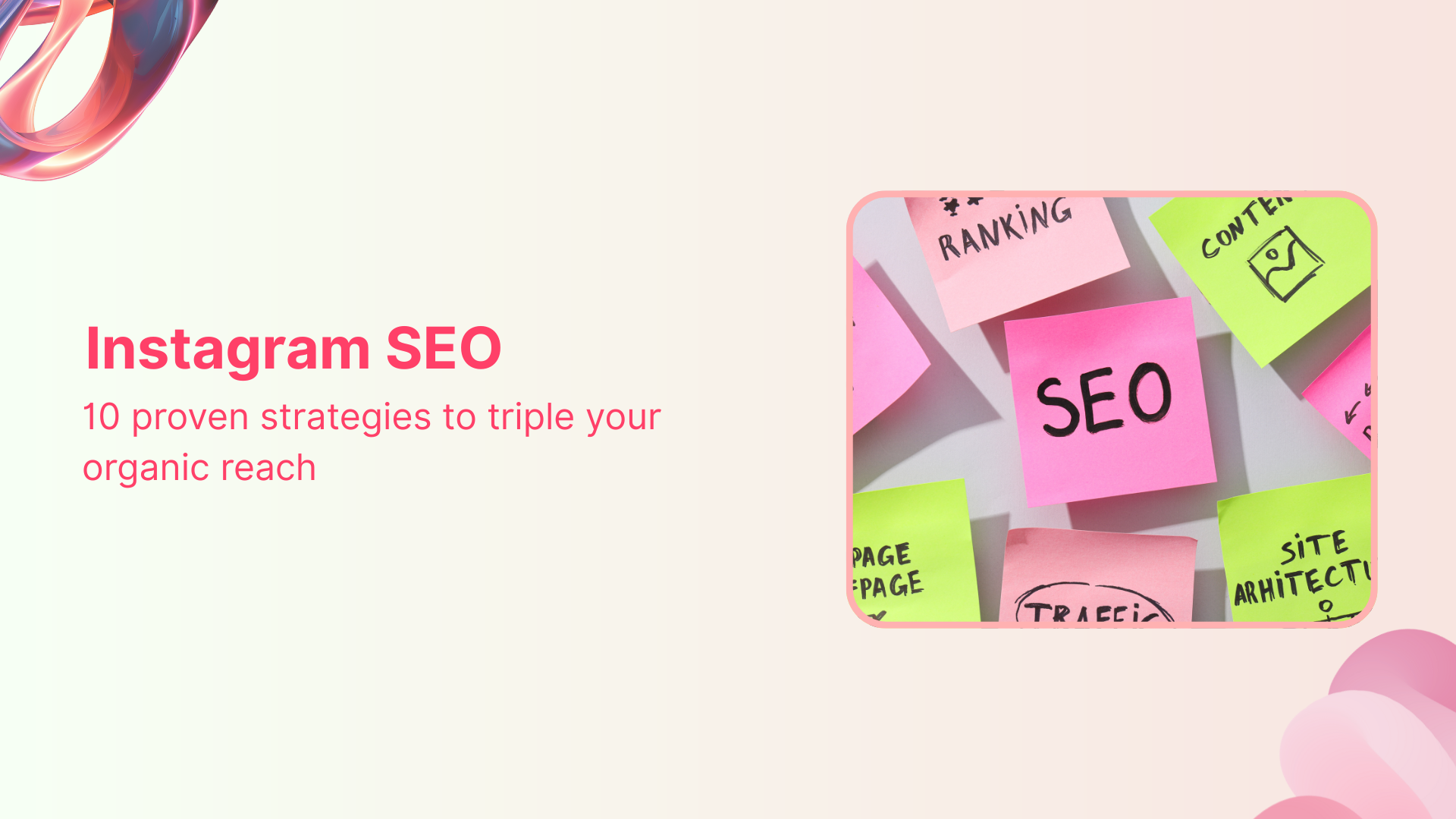Instagram isn’t just a photo-sharing app anymore—it’s become a powerful search engine where over 2 billion monthly users actively hunt for everything from product recommendations to travel inspiration. In fact, 61% of social media users now turn to Instagram to discover new products, putting it ahead of Facebook and far ahead of platforms like TikTok or YouTube. The game has fundamentally changed.
As of 2025, Google and Bing can index your public posts and Reels, so treat each post as a micro-landing page to improve discoverability beyond the Instagram app. This seismic shift means your Instagram content now competes not just within the app, but across the entire web.
If you’re still treating Instagram like it’s 2020, you’re missing massive opportunities. Suppose you’re a brand looking to expand reach. In that case, a creator building your audience, or an e-commerce business driving sales, mastering Instagram SEO is no longer optional.
Instagram Marketing
Schedule your Instagram posts, Reels, and Stories, and get recommended best time to publish for maximum engagement.
Get Started for FREE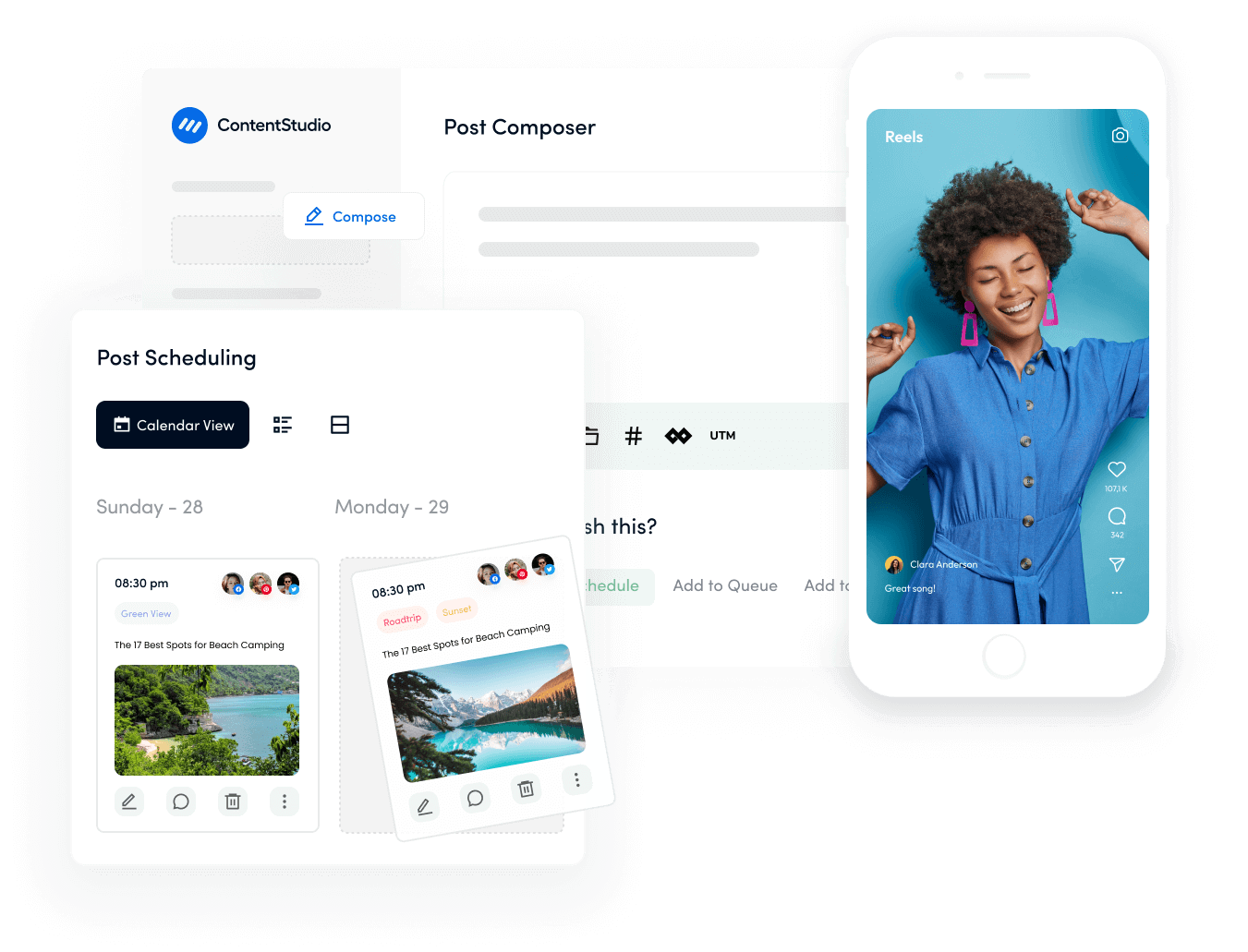
What is Instagram SEO?
Instagram SEO (Search Engine Optimization) is the strategic process of optimizing your profile, content, and overall presence to maximize visibility both within Instagram’s ecosystem and on external search engines.
While the S in SEO does stand for search, Instagram SEO is unique in that you’re also optimizing for Instagram’s algorithm to organically promote your content on the Explore page or in users’ feeds. When someone searches for “vegan recipes” or “home workout routines,” Instagram’s AI-powered systems determine which content appears at the top of those results.
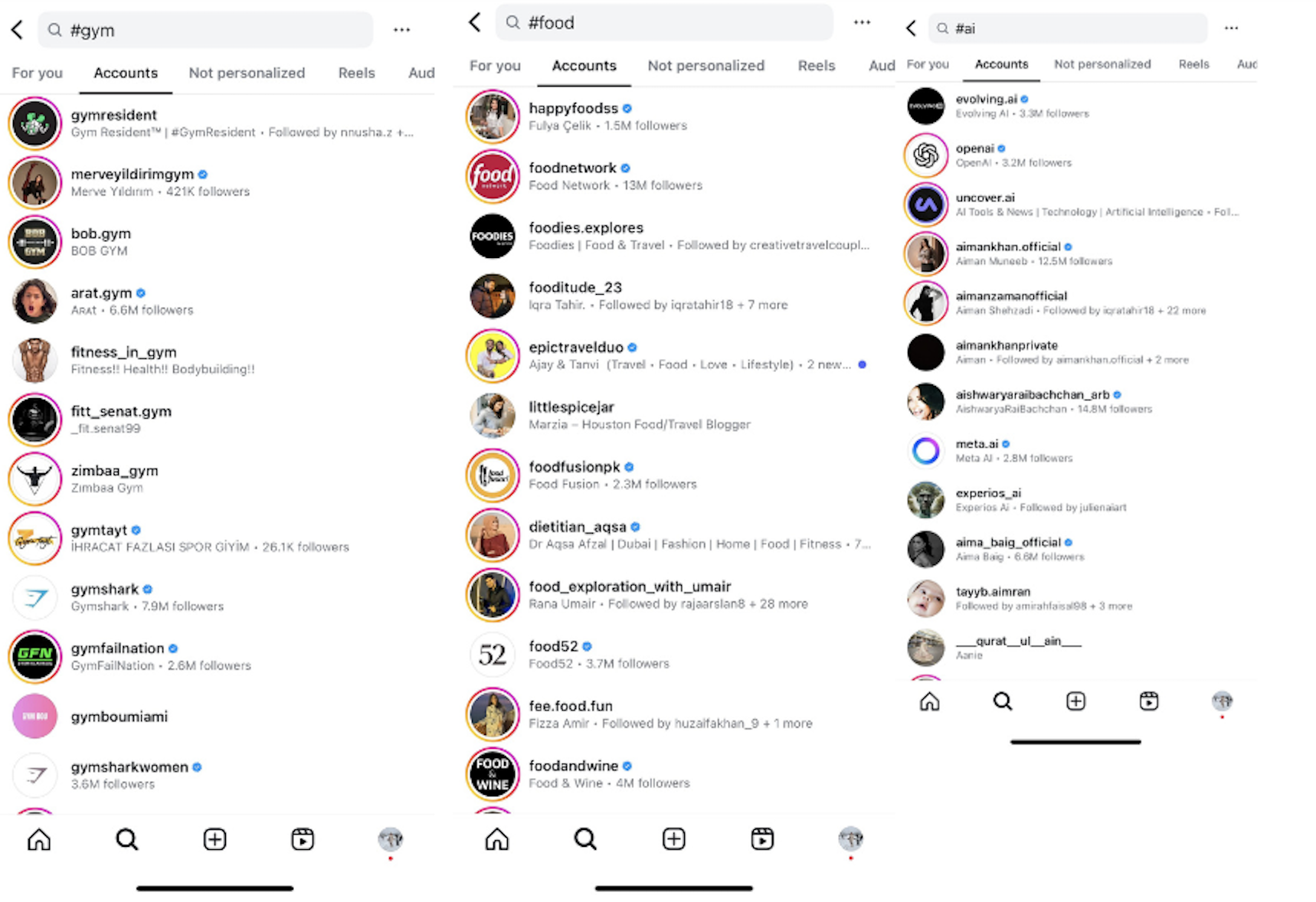
Instagram SEO vs. Traditional SEO: Key differences
While both share fundamental principles like keyword optimization and quality content, SEO for Instagram operates in a unique environment:
- Closed Ecosystem: Instagram search engine is a closed system. Everything that shows up in search is pulled from within the app itself. That includes usernames, bios, captions, hashtags, and tagged locations. There’s no crawling of external websites and no concept of backlinks to build authority.
- Visual-first indexing: Unlike Google’s text-heavy approach, Instagram prioritizes visual content. The platform uses AI to interpret images, videos, and even audio to understand context and relevance.
- Engagement signals trump everything: While traditional SEO values backlinks and domain authority, Instagram SEO thrives on engagement metrics like saves, shares, comments, and watch time. High social media engagement = trust
- Real-time freshness: The platform aims to provide up-to-date content – after all, anyone looking for “2025 fashion trends” doesn’t want to see outdated posts from 2019.
Instagram SEO ranking factors that Matter
Understanding what influences your content’s visibility is crucial for developing an effective Instagram SEO strategy. The top three signals that matter most for ranking are watch time, likes, and sends.
Primary ranking signals:
- Text and keywords
Instagram tries to match the text people type into the search bar with relevant keywords, accounts, hashtags, content, and places—each piece of text on your profile matters, from your username to your alt text.
- User activity and behavior
Instagram’s algorithm takes into account a user’s past activity, such as viewed posts, liked content, and followed accounts. The platform creates a unique experience for each user based on their historical interactions.
- Engagement velocity
Engagement metrics like likes, shares, saves, and comments play a significant role. The higher your engagement rate, the more likely your post will rank for popular keywords
- Content freshness
Recency matters more than ever. Instagram prioritizes newer content to keep feeds feeling current and relevant. Regular posting signals to the algorithm that your account is active and valuable.
- Relationship signals
If you have a repeated interaction history with a specific user in the past, you are more likely to see the new content they post. It includes mutual follows, DM exchanges, and consistent engagement.
Instagram SEO best practices: 10 proven strategies
These ten proven strategies build a successful Instagram SEO approach in 2025, blending technical SEO with engagement tactics. They work together to boost your visibility on Instagram and search engines—use them systematically to make your account stand out.
1. Master keyword research & implementation
Before creating any content, understand what your audience is actually searching for. “Instead of relying on what you would call yourself or your service offerings, think about the words your target audience would use to describe or search for you.
How to find the right keywords:
- Use Instagram’s search bar autocomplete to see popular searches
- Monitor competitors’ successful content for keyword ideas
- Leverage tools like Google Trends, SEMrush, and Answer the Public
- Analyze your Instagram Insights for terms driving discovery
Implementation strategy: Write naturally and avoid keyword stuffing. The trick is to balance optimization and authenticity to ensure your content contributes to your Instagram SEO score but still reads human-like.
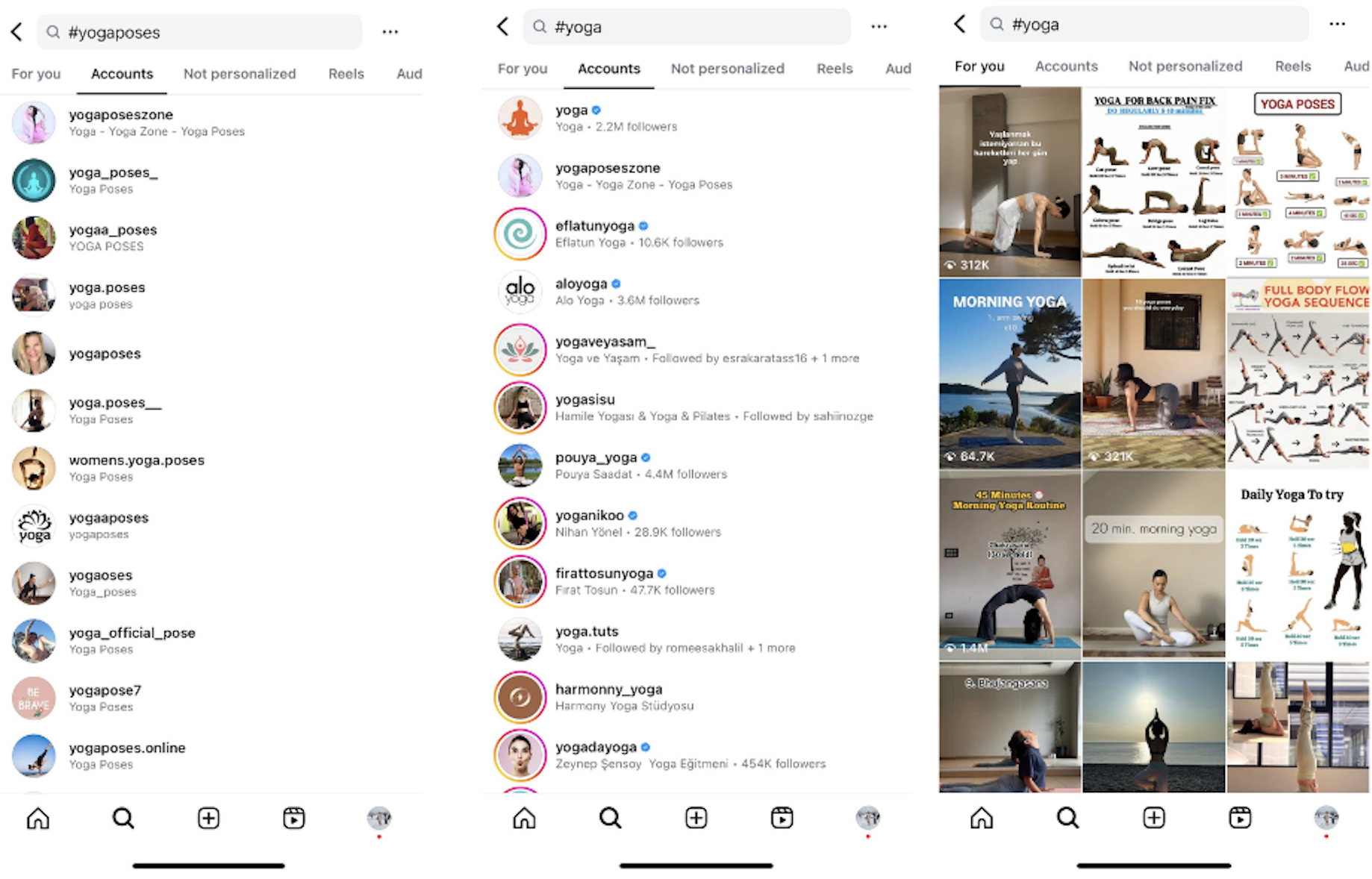
2. Optimize your profile for maximum impact
Your profile is your Instagram SEO foundation. When it comes to Instagram keywords for SEO, the two most important elements to optimize are your display name and username, because these are what will show up on search results.
Profile optimization checklist:
- Username: Include your primary keyword if possible (@fitnesscoachjohn vs @john123)
- Name Field: Add keywords naturally (John Smith | Fitness Coach NYC)
- Bio: Incorporate 2-3 relevant keywords without sacrificing readability
- Link: Use a keyword-rich link or link-in-bio tool
- Category: Select the most pertinent business category
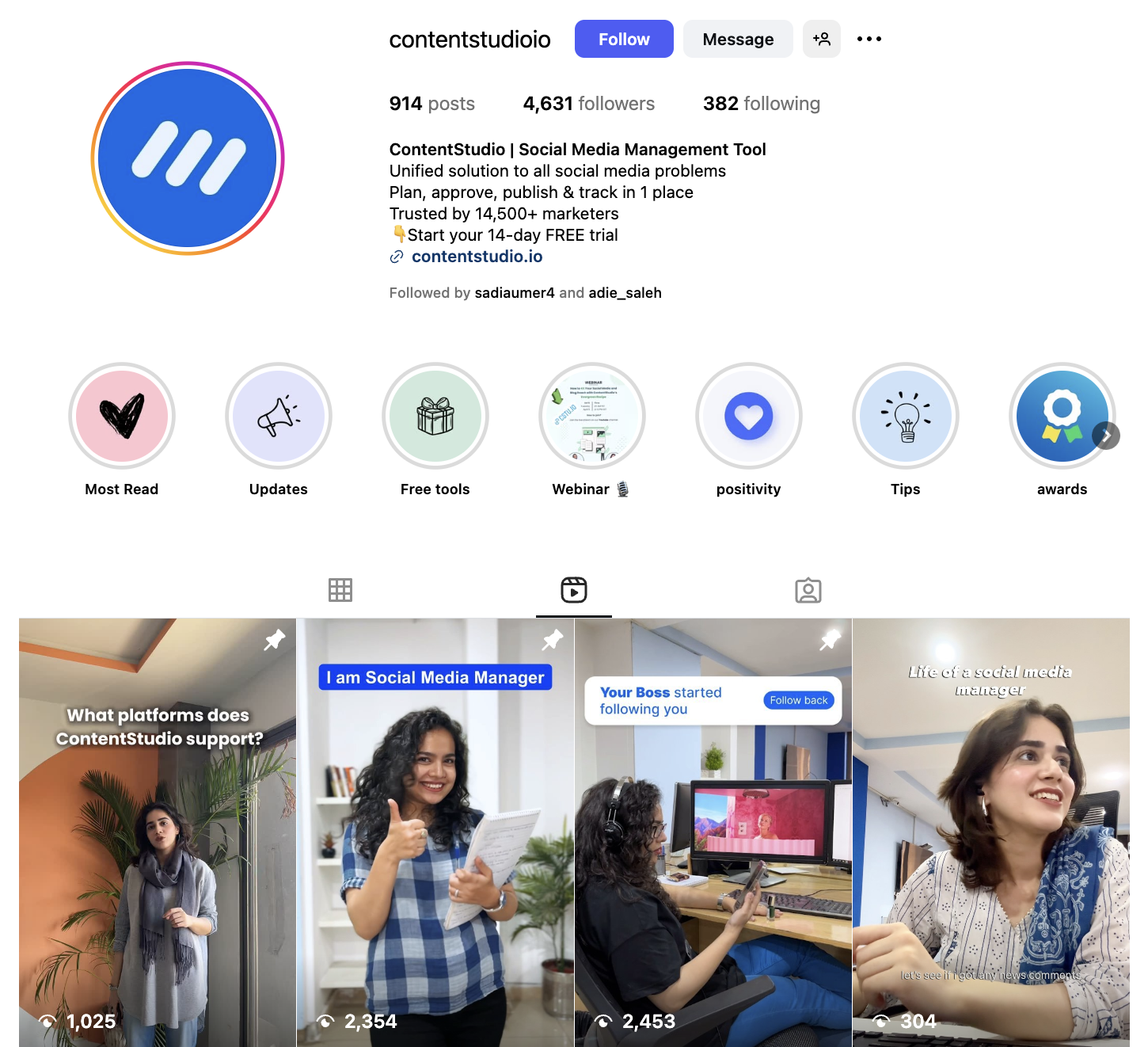
3. Craft SEO-optimized captions
To write descriptive, keyword-rich captions, start by identifying your target keywords and integrating them naturally into your post captions.
Caption writing framework:
- Hook: Start with an attention-grabbing first line
- Value: Provide useful information incorporating keywords naturally
- Context: Explain the relevance to your audience
- CTA: End with a clear call-to-action encouraging engagement
Pro Tip: Always include keywords and hashtags in your caption—not in the comments. To ensure Instagram recognizes them when evaluating and ranking your content.
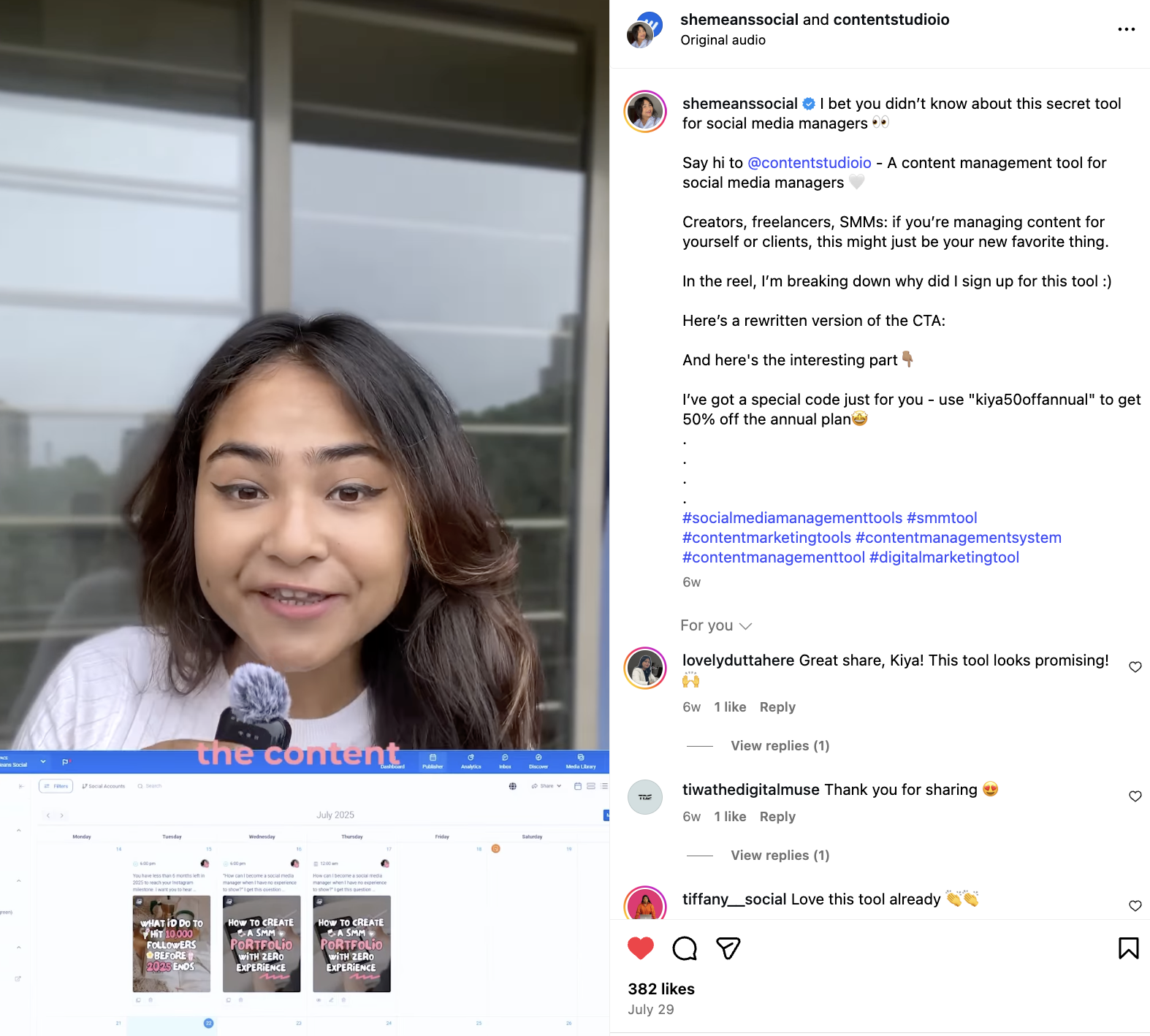
4. Strategic hashtag optimization
While hashtags aren’t as powerful as they once were, they still matter for categorization. Best practices for Instagram hashtags include using 3-5 per post. To tap into wider audiences, make it a healthy mix of popular (#Fitness, #Wellness) and niche (#HIITWorkout, #TrainAtHome) hashtags.
Hashtag strategy for 2025:
- Research hashtags with 10K-500K posts for optimal competition
- Create a branded hashtag for community building
- Rotate hashtag sets to avoid appearing spammy
- Monitor hashtag performance in Instagram Insights
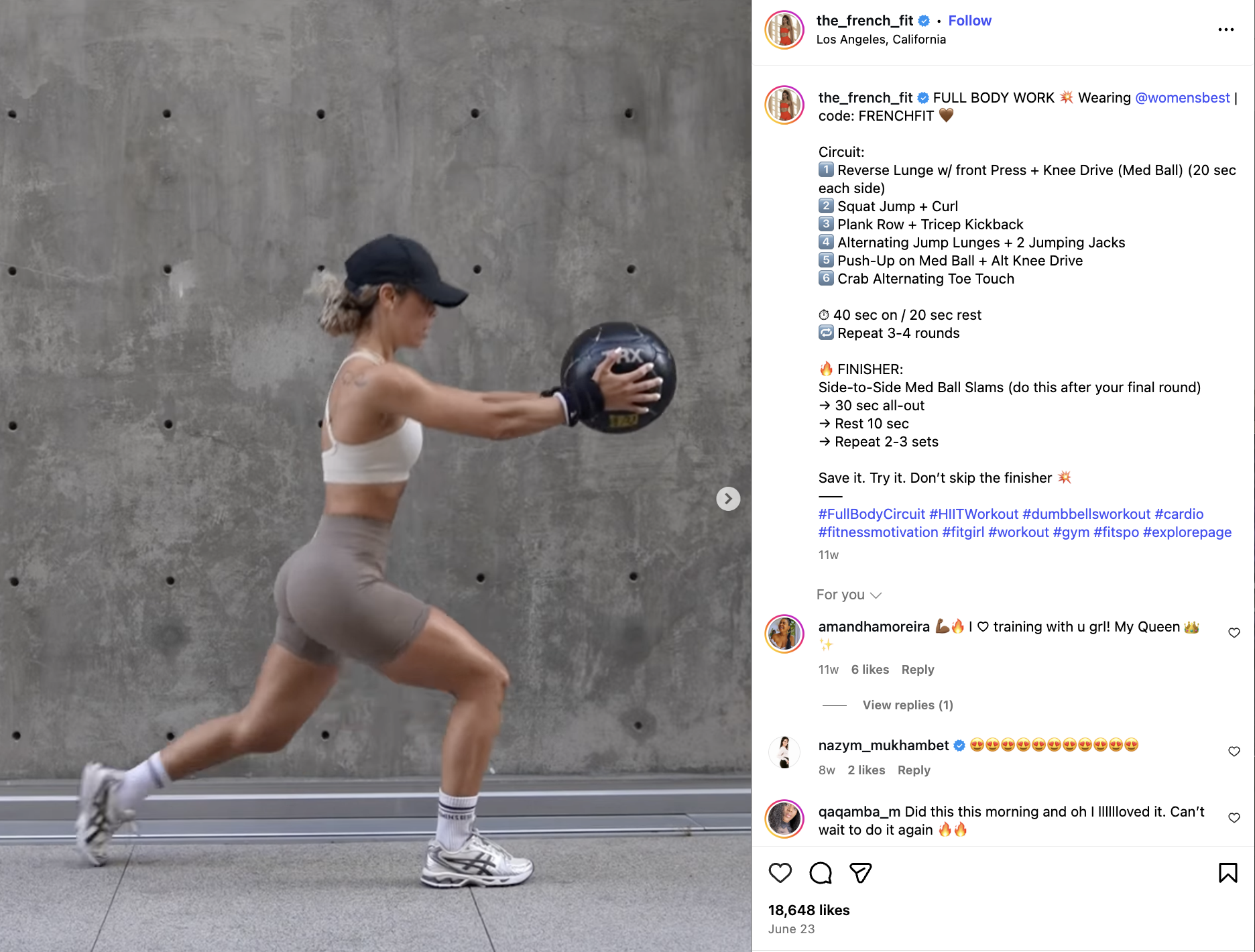
5. Leverage Alt text for dual benefits
Alt text serves both accessibility and SEO for Instagram. Alt text is essential for SEO because it helps Instagram understand what’s in your content and which search queries to place it in.
Writing effective alt text:
- Describe the image accurately and concisely
- Include relevant keywords naturally
- Keep it under 100 characters
- Prioritize accessibility over SEO
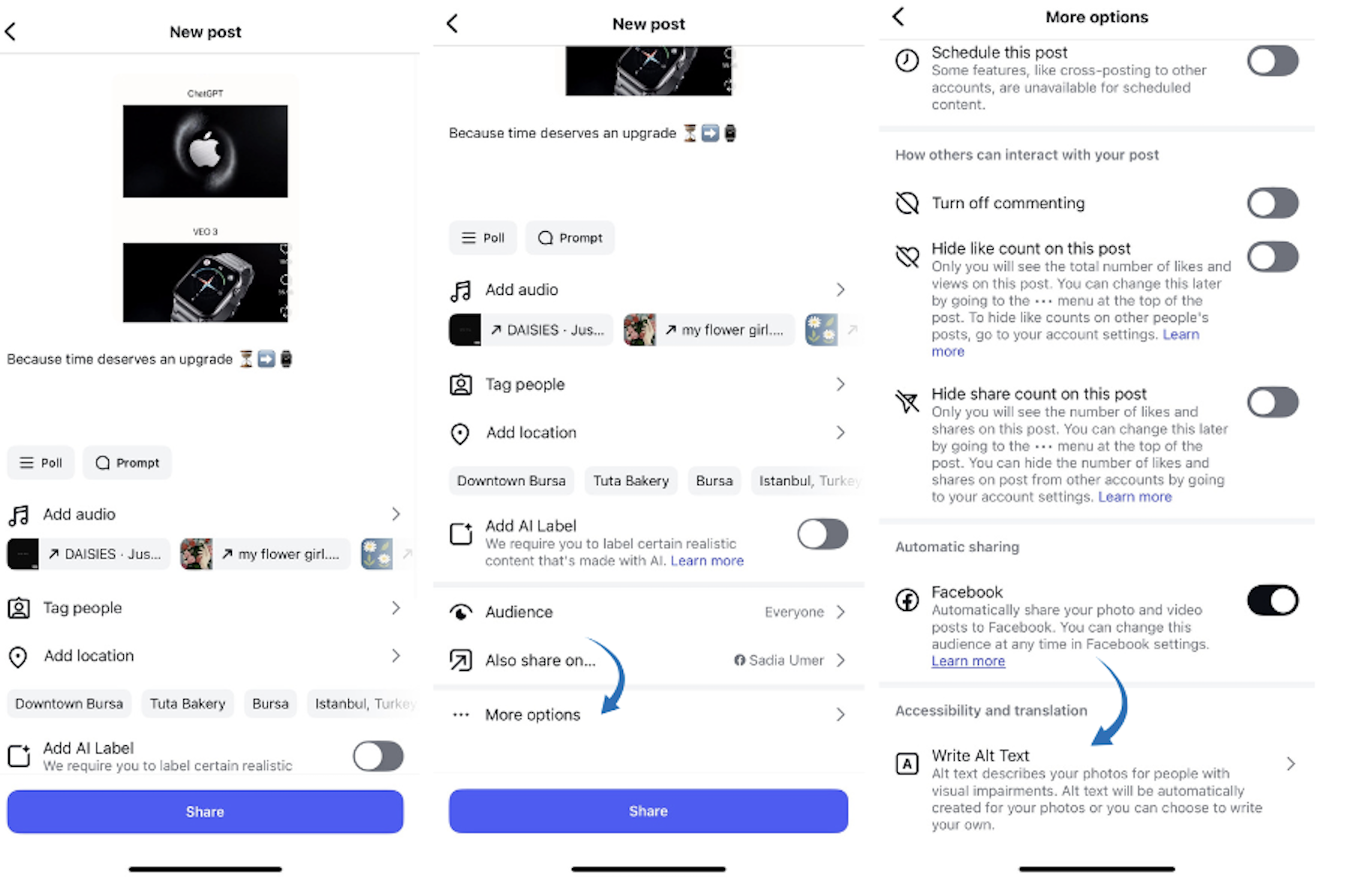
Make sure you’re not compromising the true intent of alt text (accessibility) by injecting it with keywords.
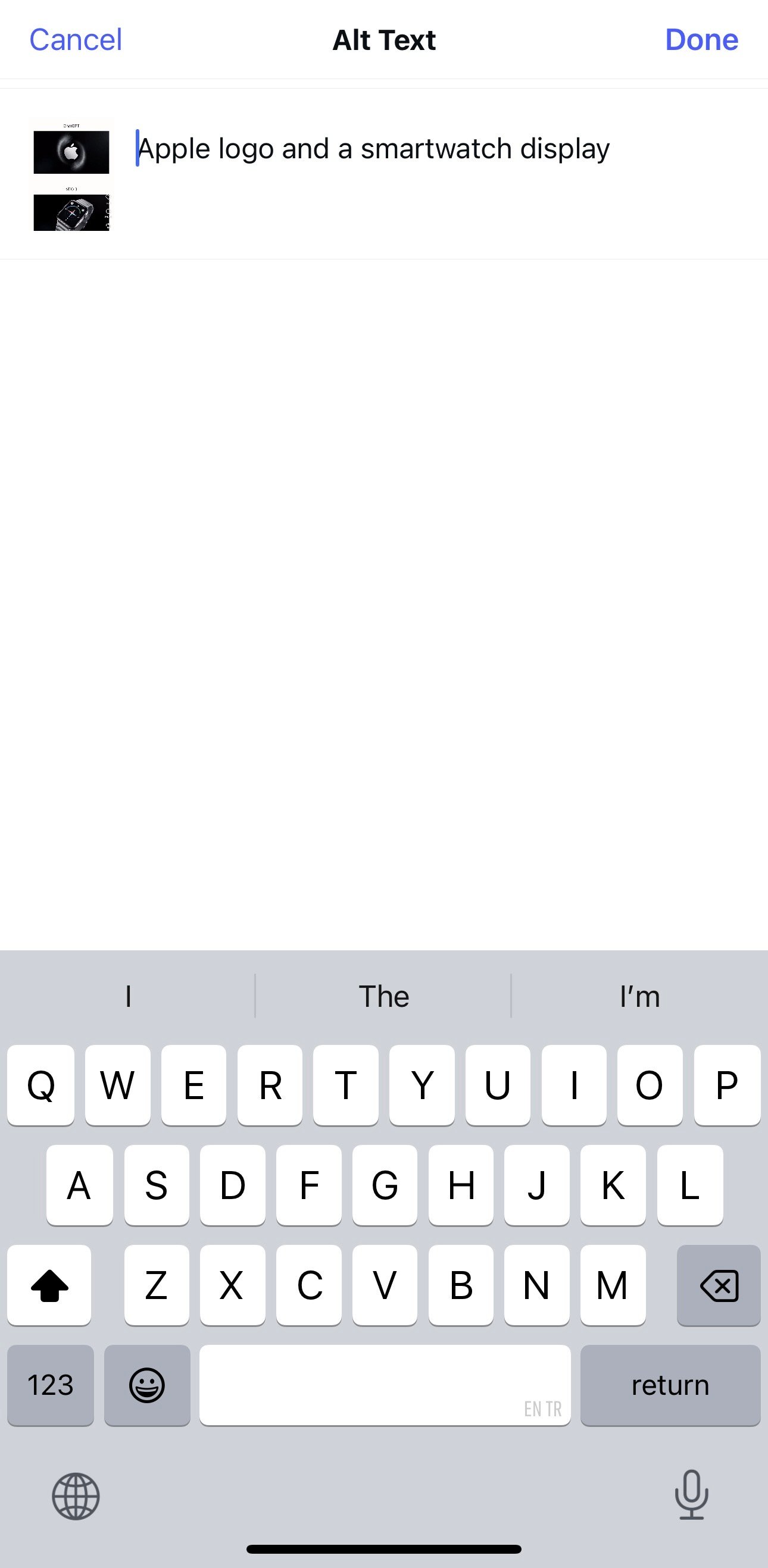
6. Optimize reels with subtitles and keywords
Video content, especially Reels, dominates discovery. Instagram scans everything – including text overlays and captions on your Reels.
Reels optimization tactics:
- Add auto-captions or manual subtitles to every Reel
- Include keywords in on-screen text overlays
- Write keyword-rich captions
- Use trending audio when relevant to your niche
- Optimize video titles with searchable phrases
A joint study by Verizon and Publicis Media found that 80% of consumers are more likely to watch videos with captions and subtitles.
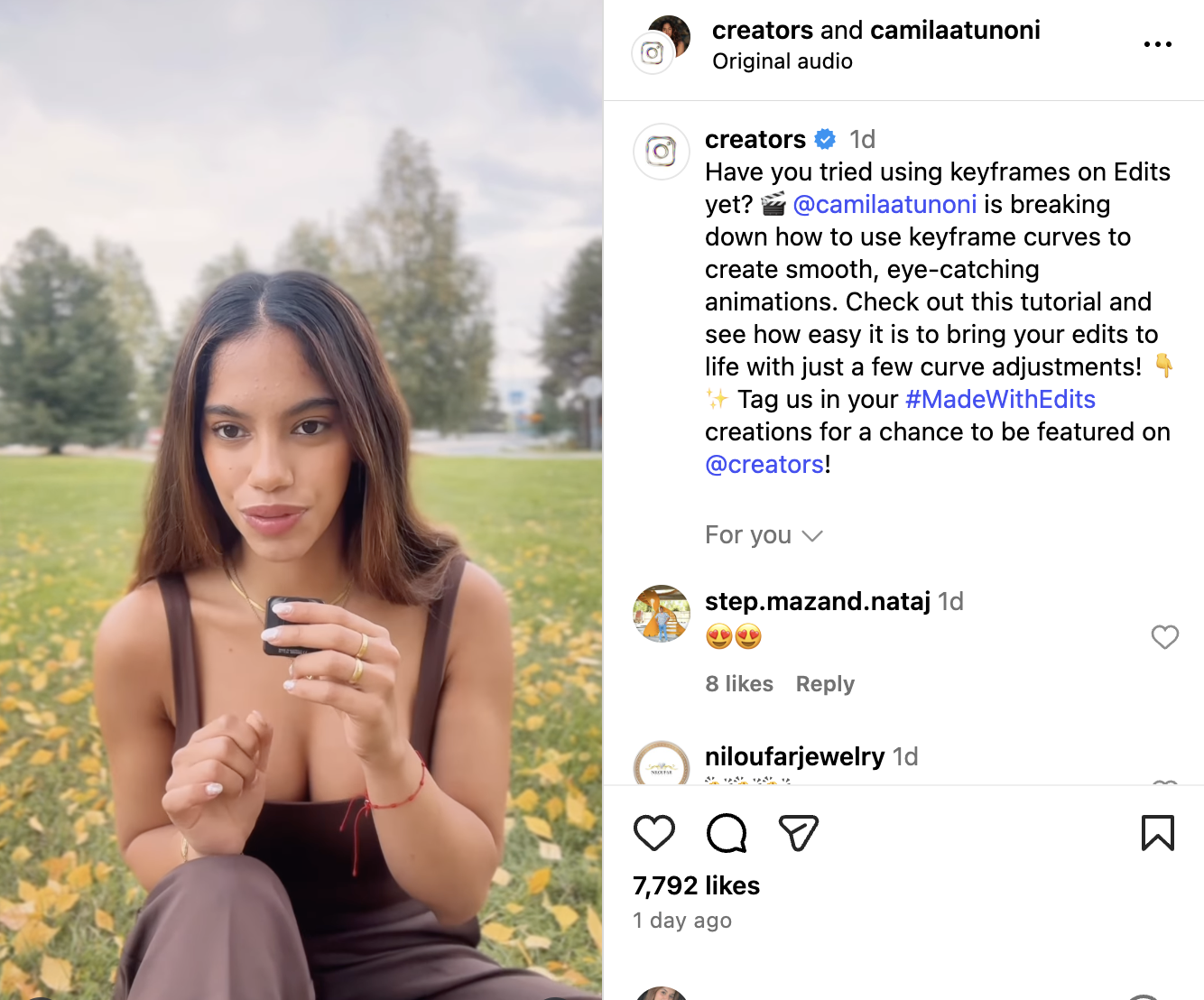
7. Strategic location tagging
For queries related to places or when a user is searching from a specific location, Instagram often highlights local results.
Location strategy:
- Tag specific locations rather than general areas
- Create custom location pages for your business
- Use location stickers in Stories
- Include city/region keywords in captions for local SEO
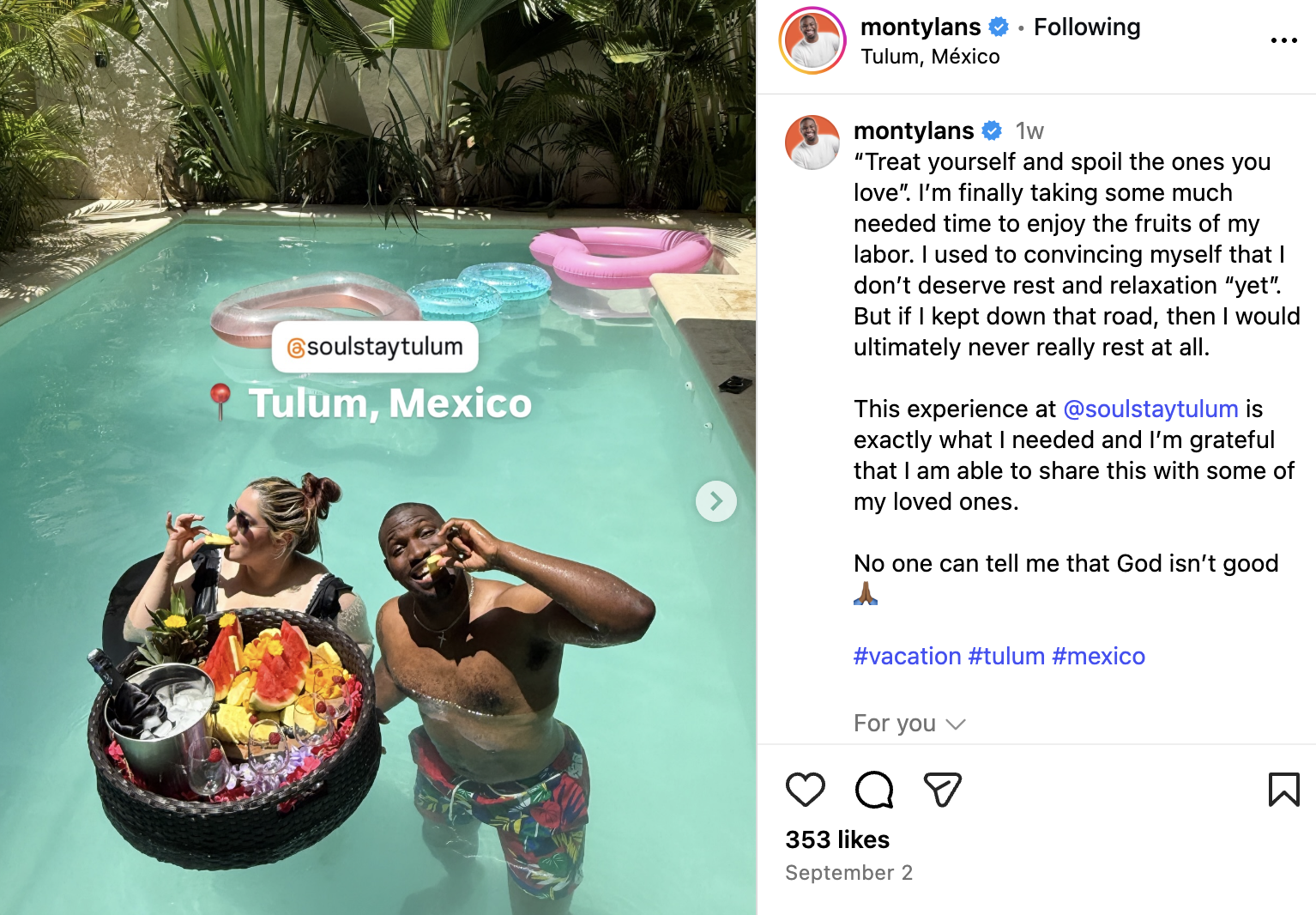
8. Create engagement-driven content
Every action — likes, comments, shares, even how long someone lingers on feed posts — tells the platform what’s engaging and worth showing more of.
Engagement boosting techniques:
- Ask questions in captions to encourage comments
- Create saveable content (tutorials, tips, infographics)
- Use interactive stickers in Stories (polls, quizzes, questions)
- Respond to comments within the first hour of posting
- Create carousel posts that encourage swiping

9. Build niche authority through consistency
When you post consistently about the same core themes, Instagram starts to recognize what your account is really about.
Establishing topical authority:
- Define 3-4 content pillars and stick to them
- Post consistently within your niche (avoid random off-topic content)
- Use consistent keywords across all content
- Develop a recognizable visual style
- Become known for specific topics or expertise
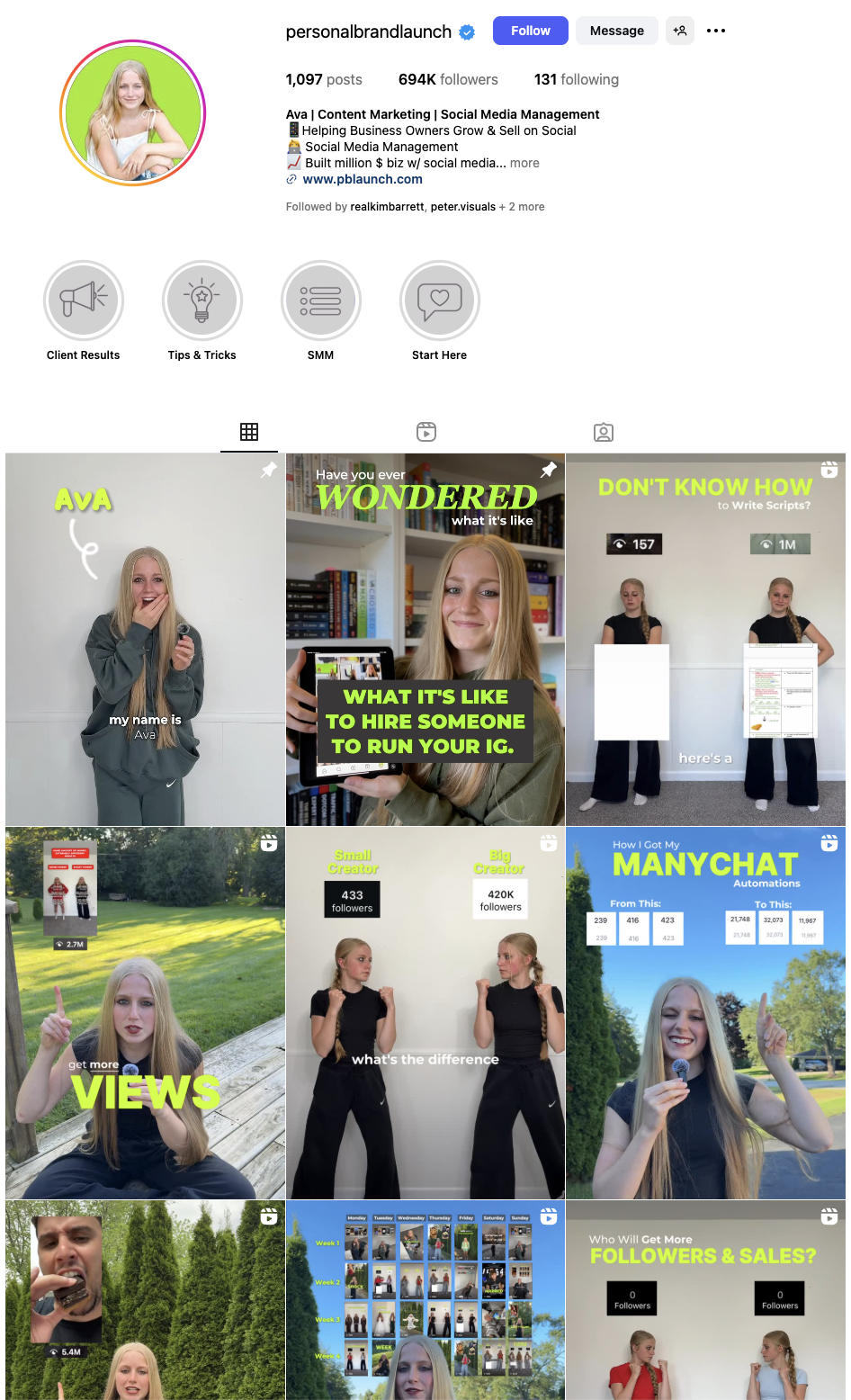
10. Cross-platform optimization
With Google now indexing Instagram content, think beyond the app. Treat each post as a micro-landing page to improve discoverability beyond the Instagram app.
Cross-platform strategy:
- Write captions that would make sense in Google search results
- Use descriptive file names for images before uploading
- Include relevant keywords in IGTV titles and descriptions
- Ensure your profile is set to public and professional
- Cross-promote content on other platforms with proper linking
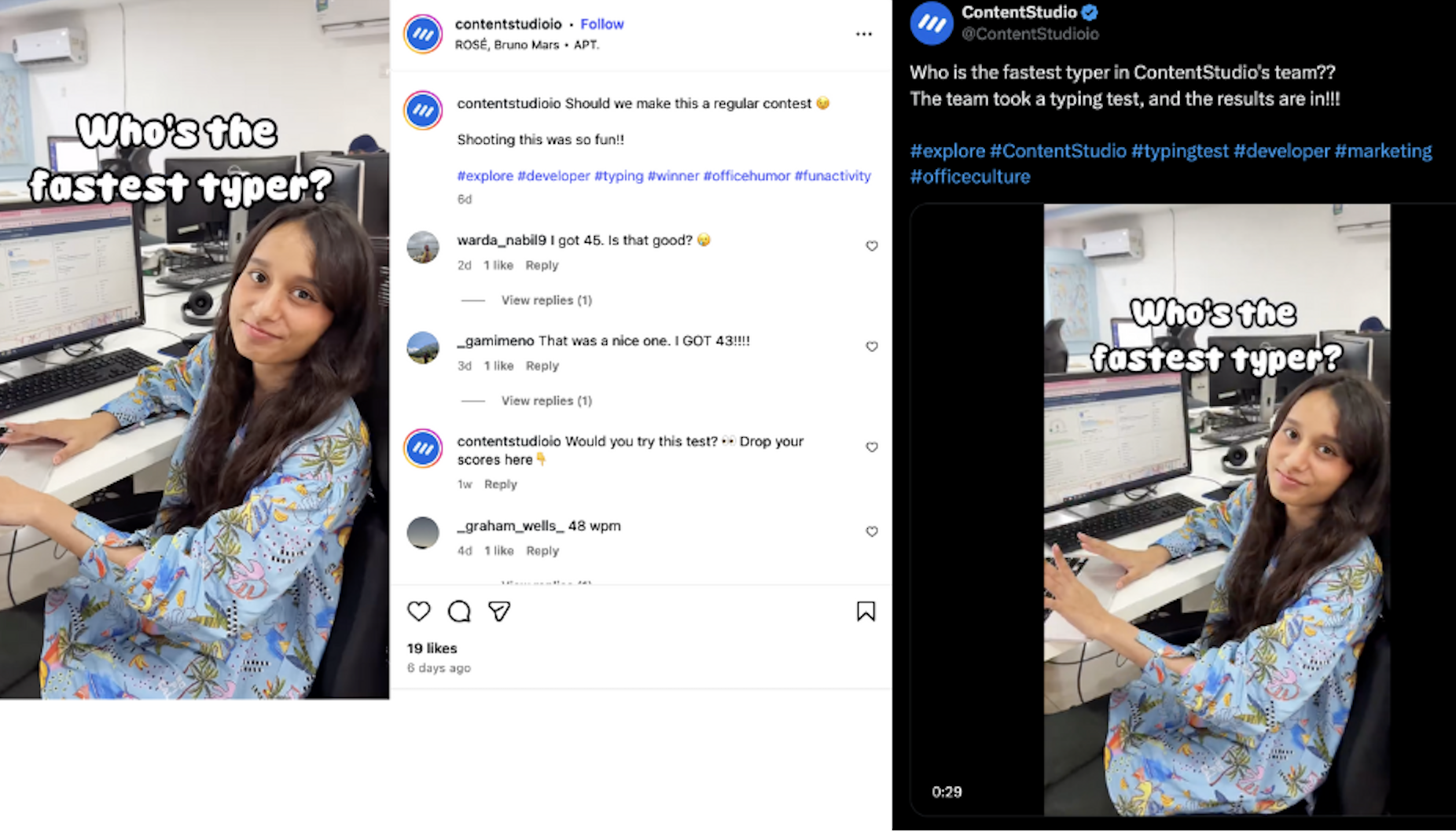
5 essential Instagram SEO tools for 2025
Having the right tools can make the difference between struggling for visibility and dominating your niche. While Instagram provides fundamental insights, professional Instagram SEO tools offer the deep analytics, automation, and optimization features necessary to compete in 2025’s algorithm-driven environment.
These carefully selected platforms go beyond simple scheduling—they provide keyword research, competitor analysis, hashtag optimization, and performance tracking that turn your Instagram presence into a discovery powerhouse and help you to streamline your workflow and amplify your SEO impact..
1. ContentStudio – Multi-channel content optimization platform
ContentStudio stands out as a powerful unified social media management platform that excels at content scheduling, publishing, and SEO for Instagram through its intelligent automation and curation features.
Key Features:
- Automated caption generation with keyword optimization
- Competitor content analysis and benchmarking
- Hashtag manager with performance tracking and suggestions
- Content recycling feature to repurpose top-performing posts
- Social inbox for managing engagement and building relationships
- White-label reporting for agencies with SEO metrics
- RSS feed integration for automatic content ideas
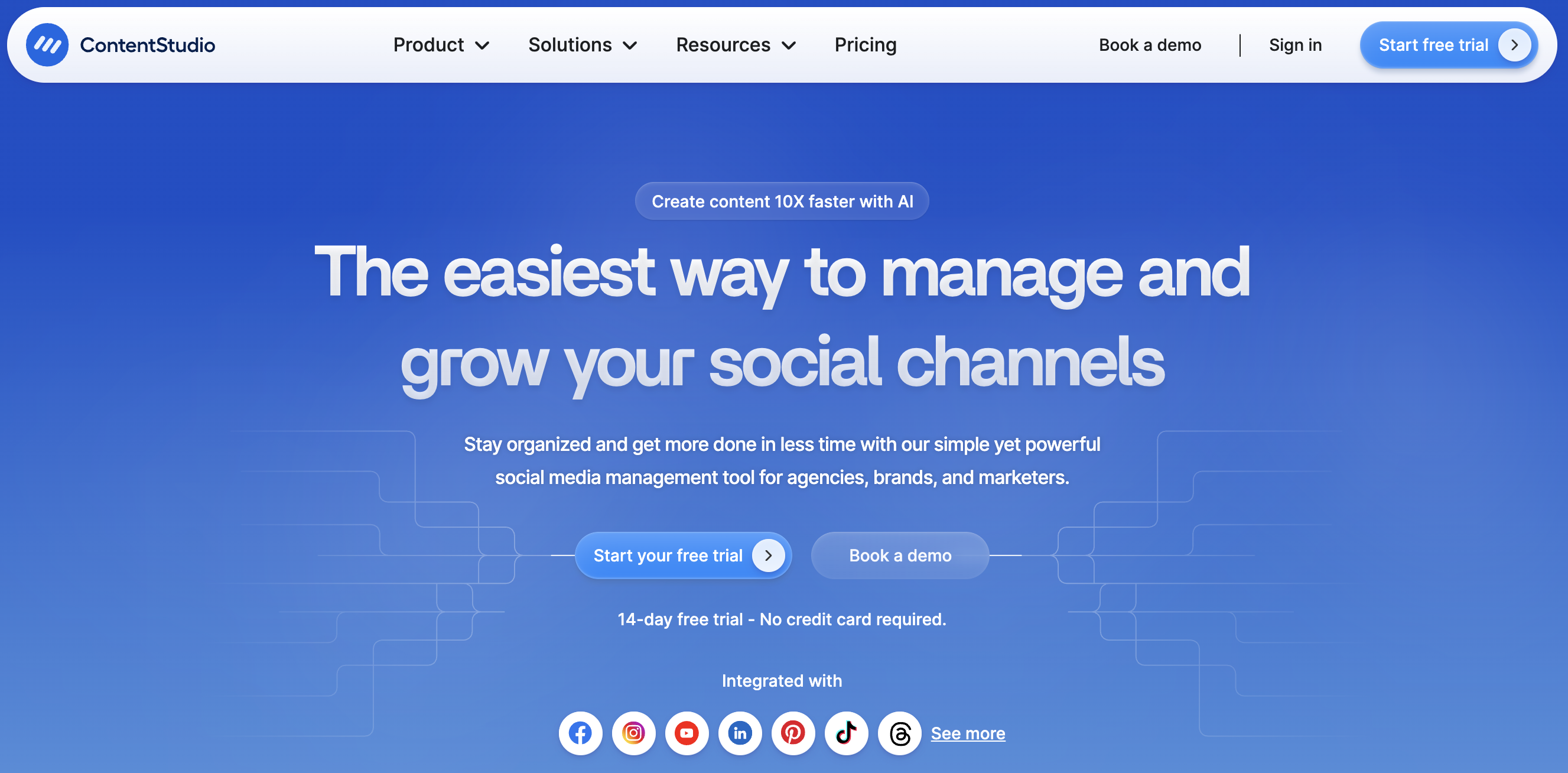
2. Hootsuite – Social media management powerhouse
Hootsuite offers robust social media management with powerful Instagram SEO tools integrated into its platform, making it ideal for businesses managing multiple social accounts.
Key Features:
- Advanced hashtag performance tracking and recommendations
- Competitor analysis to identify winning keywords and strategies
- Bulk scheduling with SEO-optimized caption templates
- Social listening to discover trending keywords in your niche
- Custom analytics reports tracking discovery metrics
- Team collaboration tools for content approval workflows
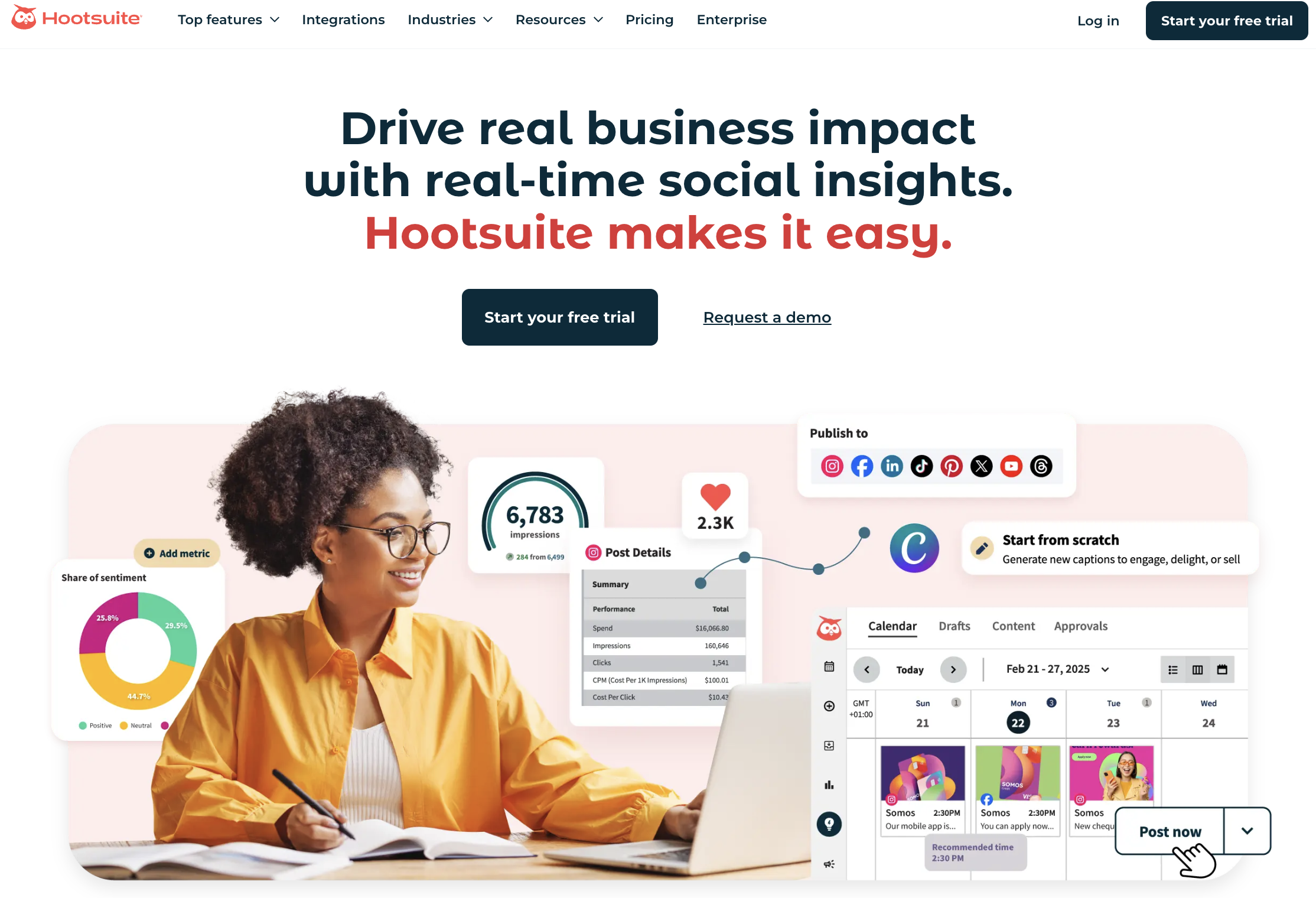
3. Keyword tool for Instagram – Specialized keyword research
This dedicated tool focuses specifically on Instagram keyword research, helping you discover what your audience searches for within the platform.
Key Features:
- Generates 750+ Instagram keyword suggestions per search
- Provides search volume data specific to Instagram
- Offers keyword suggestions in 23 languages
- Shows trending hashtags and their engagement rates
- Exports keyword lists for content planning
- Filters results by relevance, search volume, and competition
- Tracks keyword performance over time
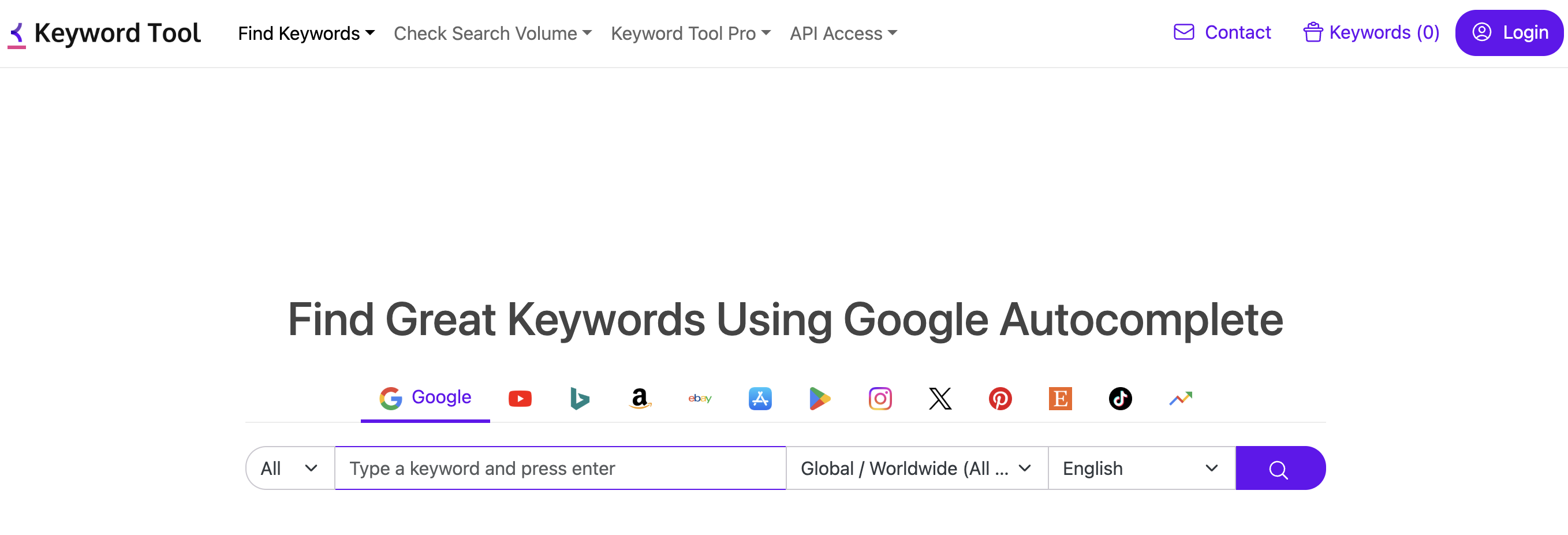
4. Metricool – Analytics and competitor intelligence
Metricool specializes in social media analytics, with a strong focus on SEO and Instagram features, particularly excelling at competitor analysis and performance tracking.
Key Features:
- Real-time hashtag analytics showing reach and engagement
- Competitor tracking to monitor their SEO strategies
- Best time to post analysis based on your audience activity
- Content performance predictions using AI
- Custom report generation for Instagram SEO metrics
- SmartLinks for optimizing your bio link
- Automatic hashtag groups for different content types
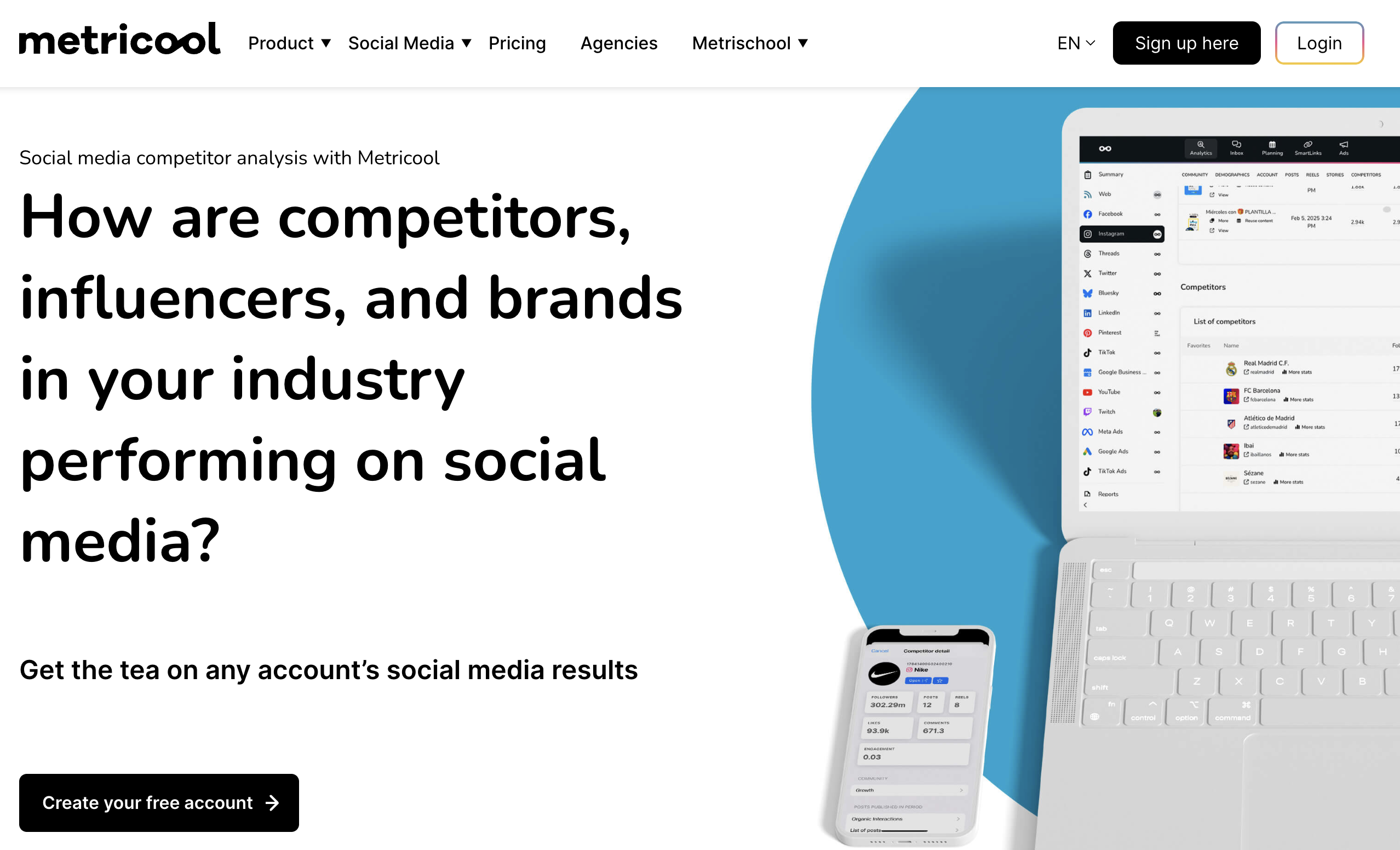
5. Flick – Hashtag marketing specialist
Flick is purpose-built for hashtag research and management, making it invaluable for the hashtag component of your Instagram SEO tips implementation.
Key Features:
- Advanced hashtag search with competition scores
- Hashtag collections organized by topic or campaign
- Performance tracking for individual hashtags
- Banned hashtag checker to avoid shadowbanning
- Hashtag analytics showing average likes and ranking difficulty
- Post scheduler with hashtag performance predictions
- Monthly trending hashtags report for your niche
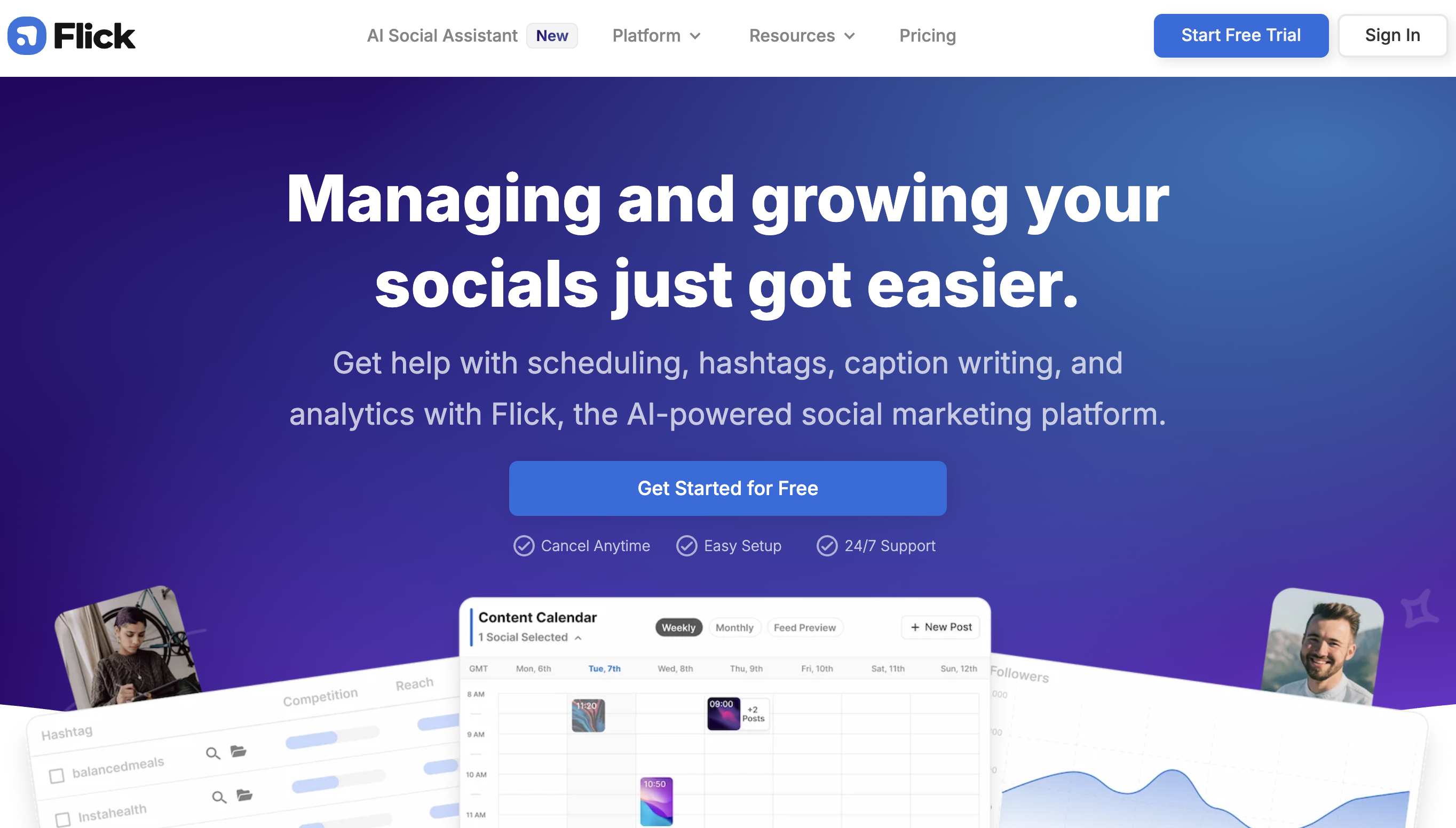
Conclusion
Mastering Instagram SEO in 2025 isn’t about gaming the system—it’s about understanding how people search, what they want to find, and delivering exceptional value consistently.
The platforms and algorithms will continue evolving, but the fundamentals remain constant: create valuable content, optimize for discovery, engage authentically, and stay consistent. If you’re implementing Instagram SEO best practices for the first time or refining your existing strategy, remember that success comes from serving your audience first and the algorithm second.
FAQ’s
How long does it take to see results from Instagram SEO?
Most accounts see initial improvements in reach and discovery within 2-4 weeks of consistent optimization. However, building significant organic growth typically takes 3-6 months of sustained effort.
Do hashtags still matter for Instagram SEO in 2025?
While Adam Mosseri mentioned that Instagram hashtags don’t dramatically affect your reach, they still help categorize your content. Use 3-5 relevant hashtags rather than the maximum 30.
Should I switch to a professional account for better SEO?
Yes. Professional accounts are required for Google/Bing indexing and provide access to Instagram Insights, both of which are crucial for SEO Instagram success.
How often should I post for optimal Instagram SEO?
Consistency matters more than frequency. Whether you post 3 times per week or daily, maintain a regular schedule that you can sustain long-term.
Can I use the exact keywords in every post?
While maintaining topical consistency is essential, vary your keyword usage to avoid appearing spammy. Focus on semantic variations and related terms.
